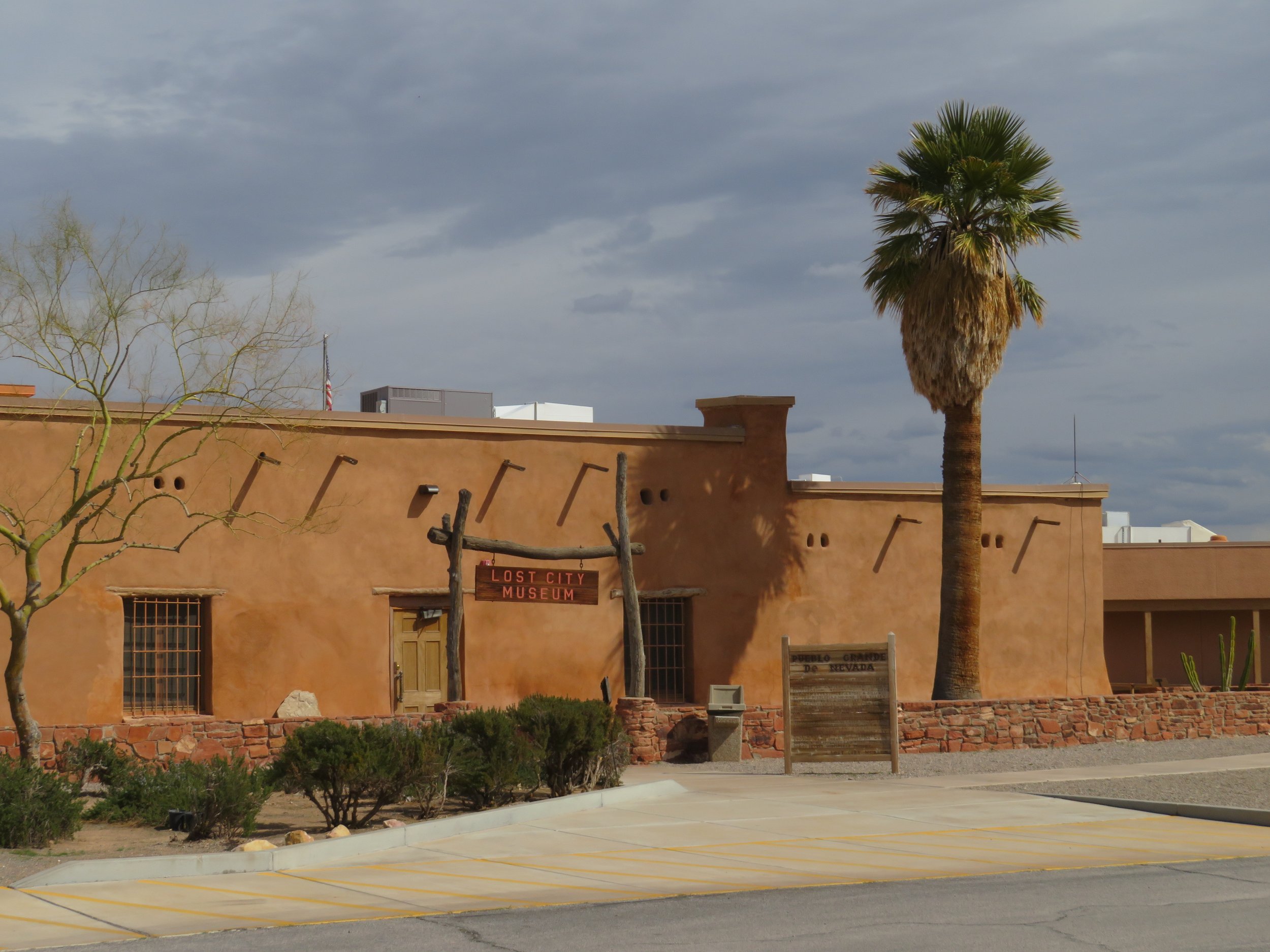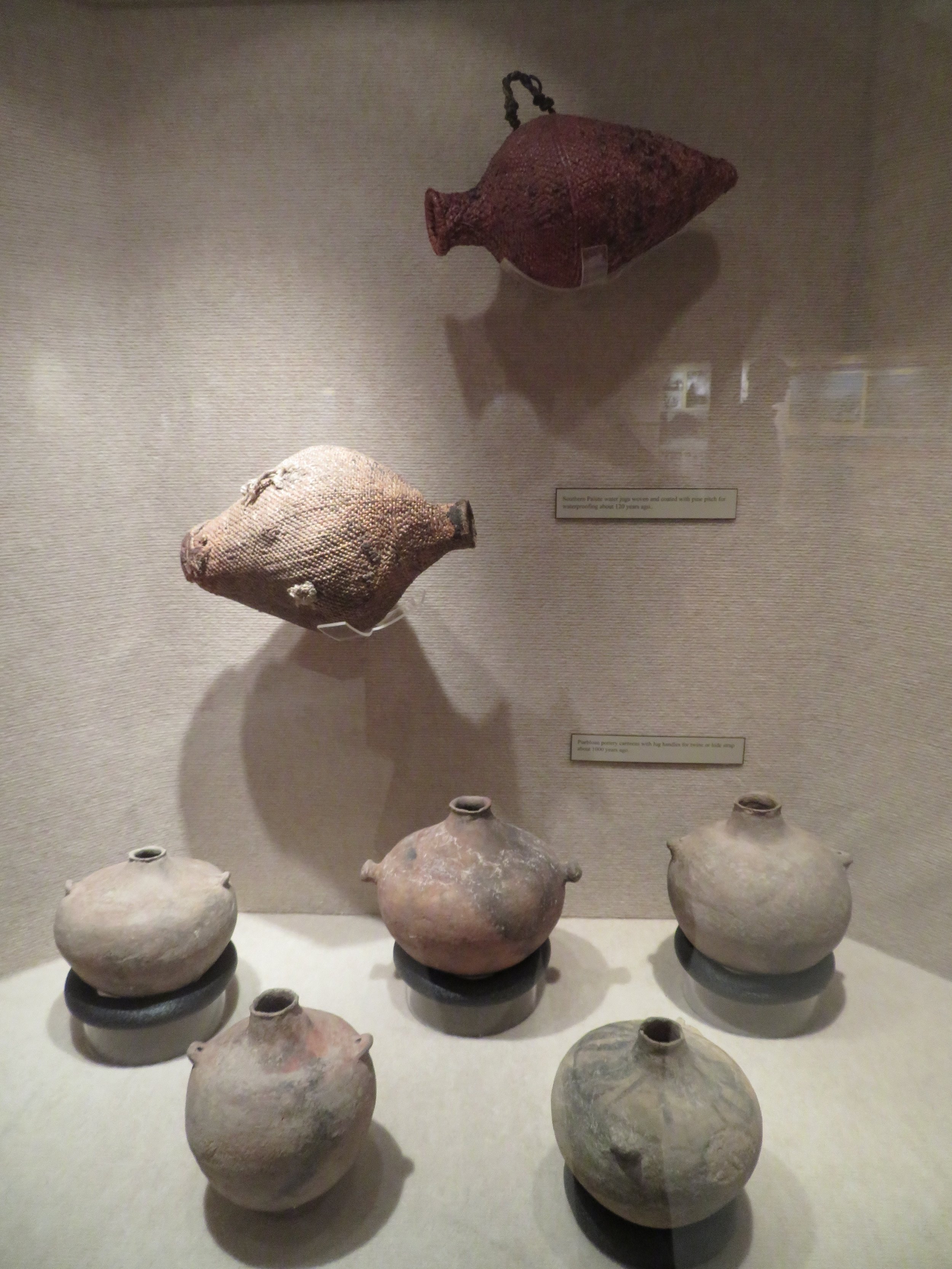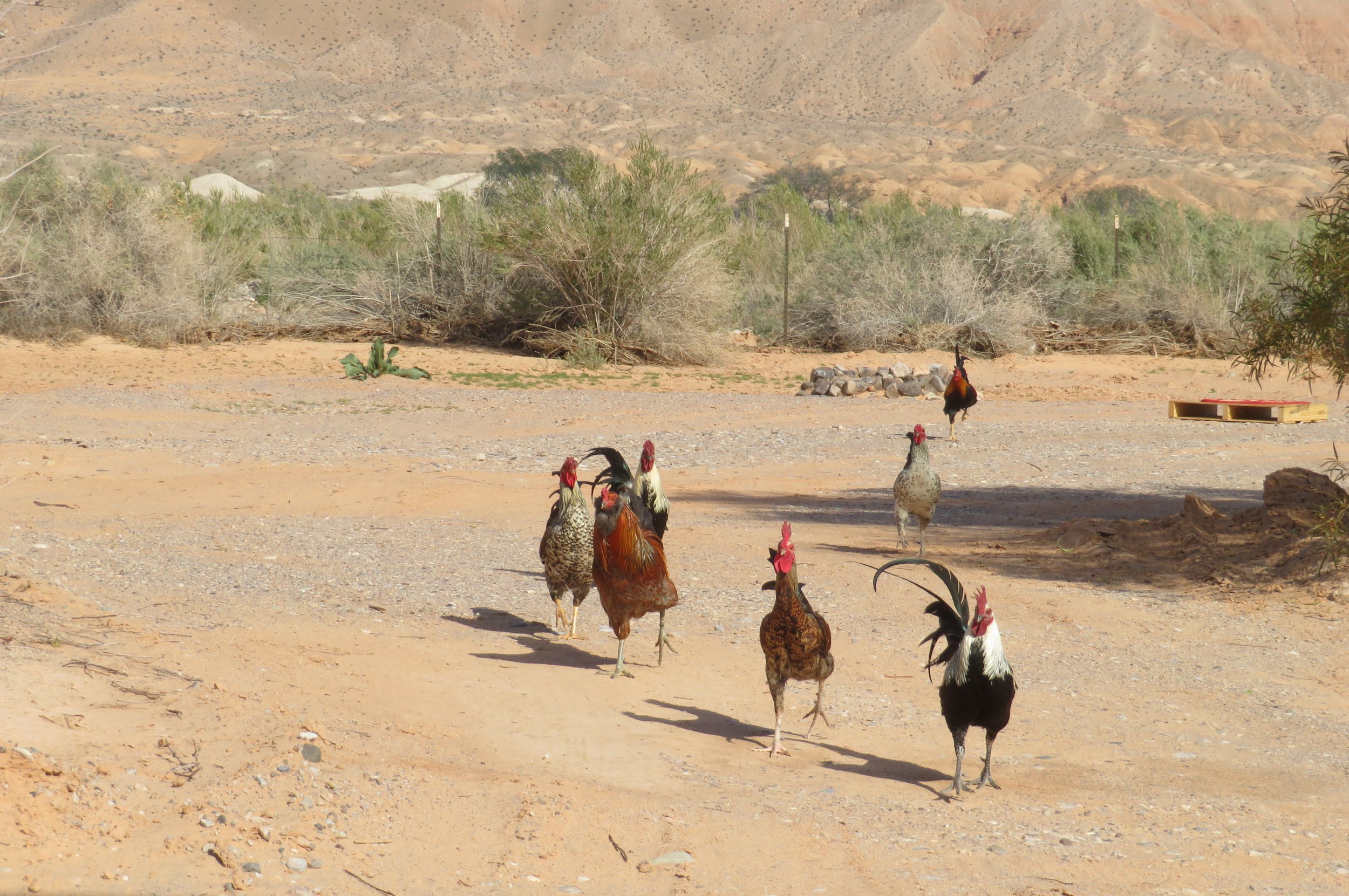Discovering the Lost City Museum - Overton Nevada
/One thing always leads to another with us. I wrote a blog about our shrinking Lake Mead and learned about St. Thomas, the ghost town that had emerged again when Lake Mead’s level drastically declined. As a result, we decided to visit St. Thomas. While at the ghost town, we learned about the Old Arrowhead Trail, the first all-weather autoroute from Salt Lake City to Los Angeles. A section of it (~6 miles) travels through Valley of Fire State Park, so we decided to find it. While researching the trail, I learned about The Lost City Museum in Overton and then… yup, a visit to the museum was on our radar.
From the Lost Museum website:
“The Lost City Museum, originally known as the Boulder Dam Park Museum and also known as the Pueblo Grande de Nevada archaeological site, was built in 1935 by members of the CCC (Civilian Conservation Corps). The National Park Service (NPS) created the museum to exhibit artifacts recovered from local prehistoric archaeological sites, most of which were flooded when the Colorado River was dammed to form Lake Mead.”
In 1924, two brothers from Overton, Fay and John Perkins discovered ruins and brought them to the attention of the Governor, who in turn contacted professional archaeologists to promote further study. “From 1924, until his death in 1962, Fay Perkins remained involved in archaeology in Southern Nevada. Due to his efforts, artifacts from archaeological sites, to be inundated by Lake Mead, were excavated and preserved. During the 1940s, Perkins was instrumental in establishing the Lost City Museum of Archaeology, under the National Park Service, and in 1952, when the museum became a State institution, was appointed its first curator.”
A local Pitt River Native American man, Willis Lyman Evans, was educated at Columbia University in the 1920s as a trained professional archaeologist and was instrumental in excavating the Pueblo Grande de Nevada site. Despite his contribution to the archaeological finds at the site, scant information is provided about Evans at the museum. Even a Google search rendered little information.
The National Park Service turned the museum over to the state of Nevada in the mid-1950s, when the name of the museum was changed to Lost City Museum. Now listed on the National Register of Historic Places, the museum is one of seven state museums, and has grown to include three exhibition galleries, a small screening room, a research library, and a museum store. Admission: $6/ adults & seniors.
The museum is small and the video in the screening room was a snoozer. The displays and photos, however, were interesting. Anasazi pottery, basketry and other artifacts discovered during excavation were featured. Evidence of the earliest Anasazi or Ancient Ones dates from 300BCE to 700CE. The Pueblan people dated from 700-1150CE. During this period, instead of hunter/gatherers, the people became farmers and remained sedentary in the area growing corn, beans, squash and cotton.
The recovered artifacts gave insights into the lives of the people who lived here including clues about their trade and mining practices. Shell jewelry from coastal areas as well as materials not readily found in the area indicated trade probably took place. Primitive tools for salt mining were found in the local salt caves. Turquoise was also mined in nearby mines and several other minerals were mined to be ground and used a dyes for pottery and skins.
The center of the museum depicting a Native American woman grinding corn was constructed on an actual archaeological site, originally excavated during the 1930s.
Outdoor exhibits include a Native American underground pit house and several reconstructed adobe pueblos, all built by the CCCs back in the 1930s.
Original petroglyphs were also on display with a caveat that these were removed from the site where they were originally found several decades ago. The practice of moving such artifacts is no longer acceptable and instead, such finds are left in situ and protected.
As we were heading out of town, we noted a gravel side road with an arched sign announcing the entrance to the Overton Wildlife Management Area. We thought we’d take a peek. As it turns out, it was so windy with dust and dirt swirling around, we opted out of a walk, but we did check out the free campsites. They were basic… a fire ring, a ramada with picnic table, but no toilet facilities.
There were, however, to our surprise several, large, very colorful feral chickens. As we stopped to check them out, the entire flock came running toward us. Looking for a handout, maybe? Interestingly, these were not your ordinary chickens, but rather exotic breeds with beautiful plumage. The ring leader seemed to be a Cubalaya, an escapee from someone’s flock. His motley crew looks to have overtaken the campground. I’ll bet they provide quite the wake-up call to campers each morning.
And since we’ve already determined that one thing does lead to another, what’s next? If the research on the Arrowhead Trail led to the museum, where will The Lost City Museum in Overton lead us? Funny, you should ask. In the museum, we saw references to several other small towns in the area including Caliente with its historic railroad station and Delamar, another ghost town. While we were in Overton, we saw signs for the Clark County Fair and Rodeo in nearby Logandale, Nevada in mid-April. We’ve never been to Caliente nor Delamar nor Logandale nor the Clark County Fair and we enjoy rodeos. Lots more exploring in our future and the rodeo tickets are already purchased. Shine up your spurs!















